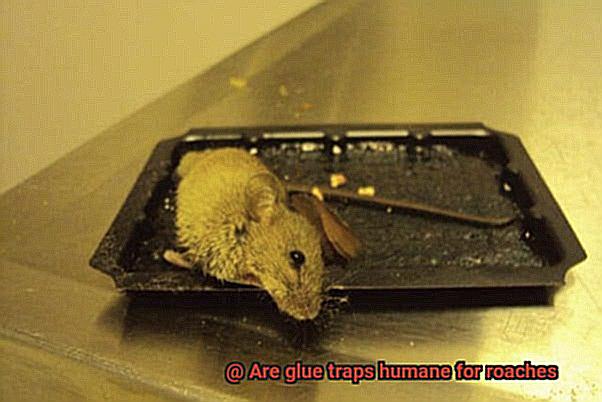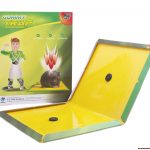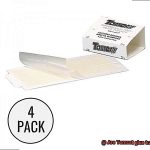Imagine this: you step into your kitchen, flick on the lights, and catch a glimpse of a roach darting across the counter. It’s that dreaded moment when you realize your home has been invaded once again. Determined to tackle the problem head-on, you arm yourself with the weapon of choice – glue traps. But before you go sticking those adhesive devices everywhere, take a moment to pause and ponder. Are these seemingly effective tools truly humane for roaches?
In this blog post, we’ll delve into the heated debate surrounding glue traps for roaches and explore the ethical implications tied to this method of pest control. While some argue that these traps swiftly put an end to unwanted insect guests, others vehemently claim they inflict unnecessary suffering. So, let’s carefully examine both sides of this sticky coin and make an informed decision about the real impact of glue traps on these resilient critters.
So, grab yourself a steaming cup of coffee, settle in comfortably, and get ready to unravel this sticky situation together.
Pros of Glue Traps for Roach Control
Contents
- 1 Pros of Glue Traps for Roach Control
- 2 Cons of Glue Traps for Roach Control
- 3 Alternatives to Glue Traps for Roach Control
- 4 The Effectiveness of Glue Traps in Controlling Roaches
- 5 The Humaneness of Glue Traps in Controlling Roaches
- 6 Common Misconceptions about the Use of Glue Traps
- 7 Tips and Tricks for Using Glue Traps Humanely
- 8 Advantages and Disadvantages of Using Glue Traps over Alternative Methods
- 9 Conclusion
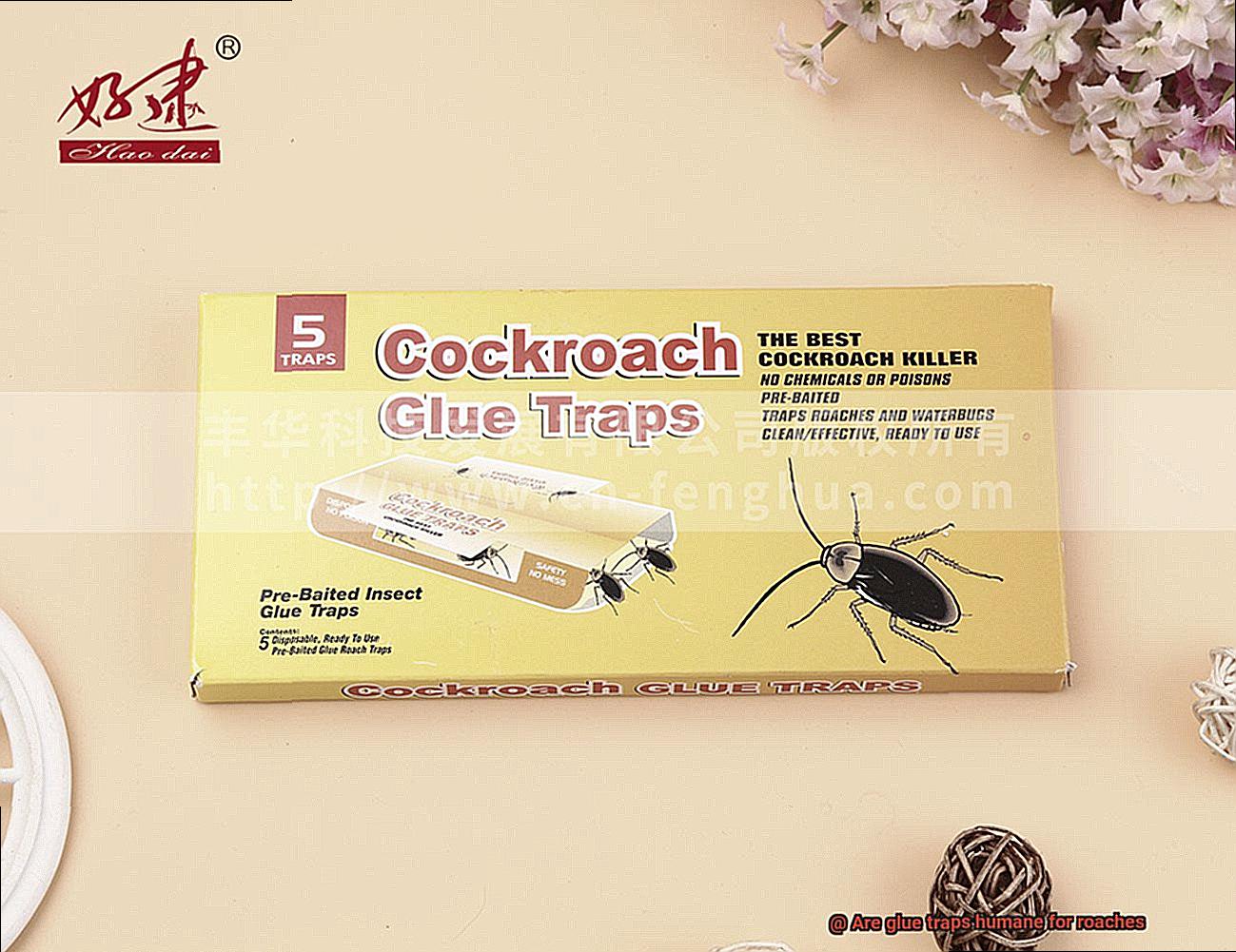
These simple yet effective devices offer several advantages over other methods, making them an accessible and efficient solution for roach infestations. In this article, we will delve into the pros of using glue traps for roach control, shedding light on their effectiveness, safety, convenience, and environmental friendliness.
Highly Effective:
Glue traps excel at catching multiple roaches at once, making them a powerful tool in combating infestations. Their adhesive surface ensnares these pesky insects effectively, providing a clear visual confirmation of the severity of the problem. By counting trapped roaches, homeowners can gauge the efficacy of their control measures and plan accordingly.
Safe and Non-Toxic:
One of the significant advantages of glue traps is their non-toxic nature. Unlike chemical sprays or pesticides, they pose no risk to children or pets. With glue traps, there are no harmful fumes or residues jeopardizing your family’s health. This peace of mind is invaluable when it comes to choosing a safe roach control method.
Easy to Use:
Glue traps require minimal effort and expertise, making them an ideal choice for anyone dealing with a roach problem. Simply place them in areas where roaches are commonly seen, such as along baseboards or behind appliances, and let the adhesive surface work its magic. There’s no need for complex setups or extensive maintenance, saving you time and energy.
Affordable and Accessible:
Compared to other roach control methods, glue traps are relatively inexpensive. They are readily available in stores and online, ensuring accessibility for all homeowners battling infestations. This affordability ensures that you can tackle roach problems promptly without breaking the bank.
Versatile Placement Options:
Glue traps offer the flexibility to be strategically placed in various locations within a home or business. Their versatility allows you to target specific areas where roaches are likely to travel, such as under sinks or behind appliances. This targeted approach enhances their effectiveness in trapping roaches efficiently.
Minimal Maintenance:
Unlike some control methods that require regular replacement or monitoring, glue traps offer a hassle-free solution. Once a roach gets stuck, there is no escape, eliminating the need for constant reapplication or checking. This convenience makes glue traps an excellent choice for busy households.
Environmental Friendliness:
Glue traps provide an environmentally friendly approach to roach control. They do not release harmful chemicals into the air or contaminate water sources. As such, they offer a sustainable alternative to traditional methods, particularly in sensitive environments like hospitals or schools.
Cons of Glue Traps for Roach Control
When it comes to roach control, glue traps are often seen as a quick and easy solution. However, it’s crucial to consider the cons associated with these traps. In this article, we will delve into the reasons why glue traps may not be the best choice for roach control from a humane perspective.

Inhumane Treatment:
Glue traps are widely criticized for their inhumane nature. Once a roach gets stuck, it faces prolonged suffering. The struggle to free itself can lead to physical injury and even death, subjecting the roach to hours or even days of extreme stress and pain.
Limited Effectiveness:
While glue traps can catch one or a few roaches at a time, they fall short in eliminating an entire infestation. Roaches are notorious for their rapid reproduction rate, making reliance on glue traps alone insufficient to address the problem effectively.
Unintended Targets:
One major drawback of glue traps is the risk of trapping unintended targets, such as pets or wildlife. Placing these traps in areas accessible to other animals can cause unnecessary harm and distress to these creatures.
Ethical Concerns:
Using glue traps that cause unnecessary suffering goes against principles of compassion and respect for all living beings. It is essential to consider the ethical implications when choosing pest control methods.
Disposal Challenges:
Disposing of trapped roaches can be unpleasant and unsanitary. The adhesive surface keeps them alive, making cleanup a daunting task, especially for those who are squeamish or concerned about disease transmission.
Residue and Stains:
Glue traps may leave behind residue or stains on surfaces, making cleanup difficult, particularly in sensitive areas like kitchens or bathrooms.
Reduced Effectiveness:
In some cases, roaches may become wary of glue traps and learn to avoid them, reducing their effectiveness as a control method.
Environmental Impact:
Glue traps contribute to waste accumulation and pollution as they are typically made from non-biodegradable materials like plastic. Their use has a negative impact on the environment.
Alternatives to Glue Traps for Roach Control
Glue traps may seem like a quick fix for roach control, but they’re both inhumane and ineffective. Fortunately, there are several alternatives available that prioritize humane pest control. In this article, we’ll explore various alternatives to glue traps, providing you with effective methods to keep your home roach-free.
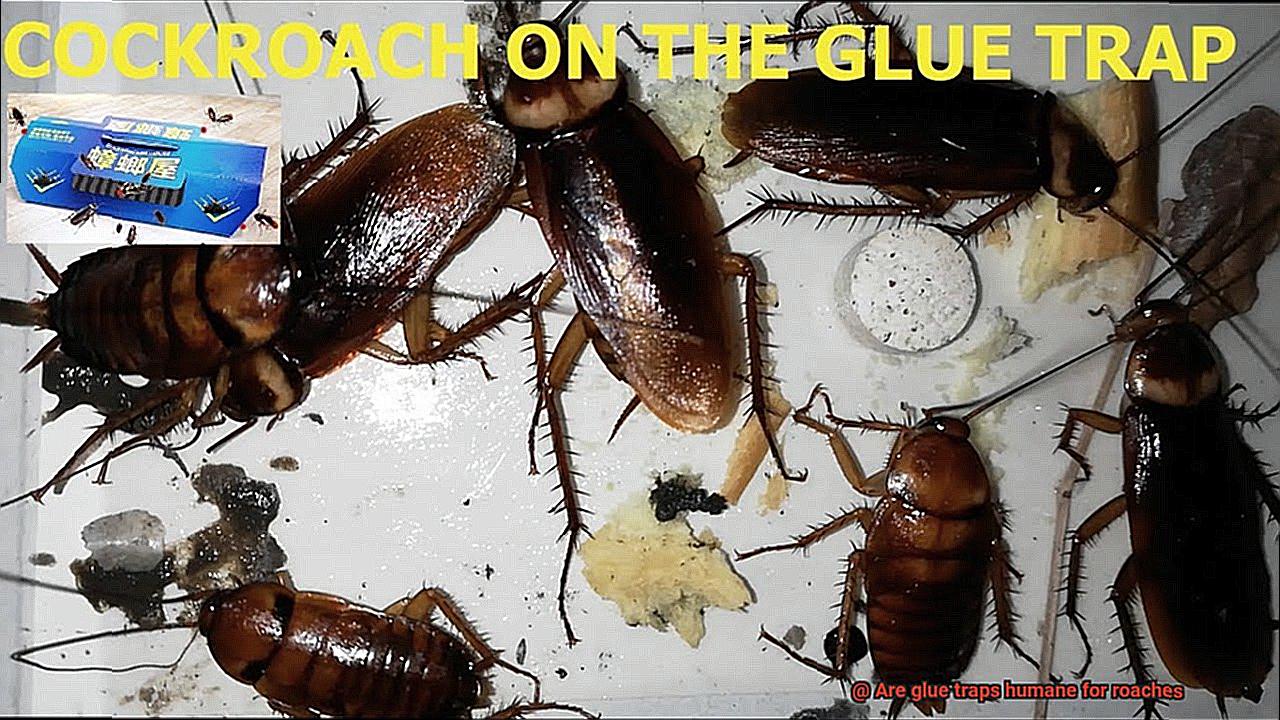
Bait Stations:
Instead of trapping roaches, bait stations entice them to consume a gel or liquid bait that can be lethal. This humane option eliminates the need for trapping and focuses on enticing roaches to consume poison.
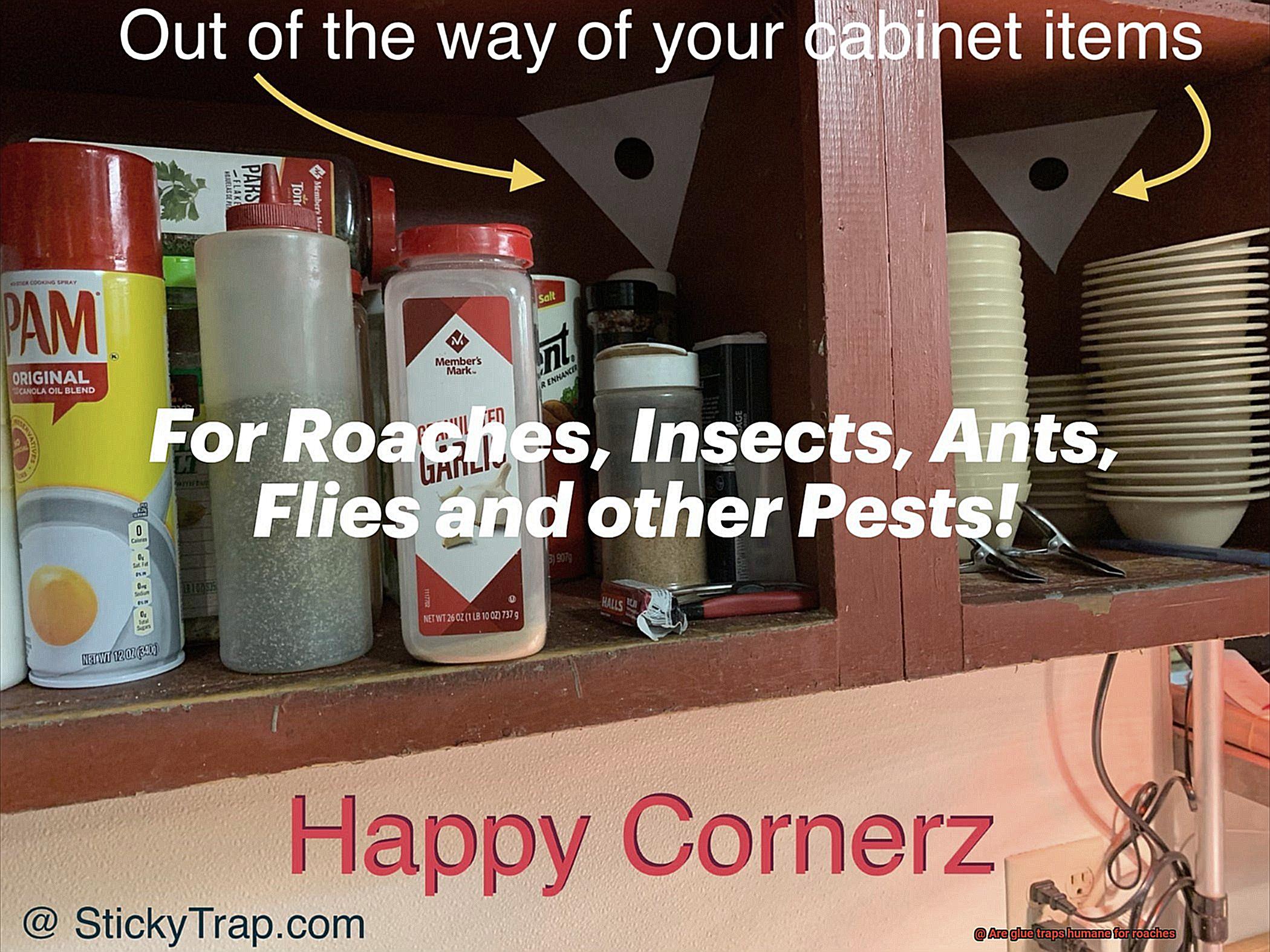
Cockroach Baits:
Gel or granule cockroach baits strategically placed in frequented areas can eliminate entire colonies. Roaches consume the bait and carry it back to their nest, ensuring comprehensive eradication without trapping or killing individual roaches.
Insect Growth Regulators (IGRs):
By disrupting roaches’ growth and development, IGRs prevent reproduction and lead to their demise. This humane method doesn’t directly harm or trap the roaches but effectively controls infestations.
Vacuuming:
Regularly vacuuming areas where roaches are spotted significantly reduces their numbers. Dispose of the vacuum bag immediately to prevent any surviving roaches from escaping.
Sealing Cracks and Crevices:
Prevent roaches from entering your living spaces by sealing cracks and crevices in your home. This proactive measure acts as a barrier against infestations.
Maintaining Cleanliness:
Roaches are drawn to food debris and unclean surfaces. Maintain a clean and sanitary environment by regularly cleaning and properly storing food, deterring them from entering your home.
The Effectiveness of Glue Traps in Controlling Roaches
Roaches. These resilient pests can send shivers down your spine. If you’re dealing with a roach infestation, you’re probably desperate for a solution. Enter glue traps – those sticky wonders that promise to rid your home of roaches once and for all. But do they live up to the hype? Let’s delve deeper into their effectiveness.
Factors Influencing Effectiveness:
- Size of the Infestation: Glue traps are effective for small to moderate infestations, capturing a significant number of roaches. However, for larger infestations, they may only trap a fraction of the roach population, leaving the problem largely unresolved.
- Roach Species: Some roach species, like the notorious German cockroach, possess an uncanny ability to avoid or quickly escape from glue traps. If you’re battling these crafty critters, alternative methods may be necessary.
- Supplementary Methods: Glue traps work best when used in conjunction with other roach control techniques. This includes maintaining proper sanitation practices, using targeted insecticides if necessary, and sealing any potential entry points.
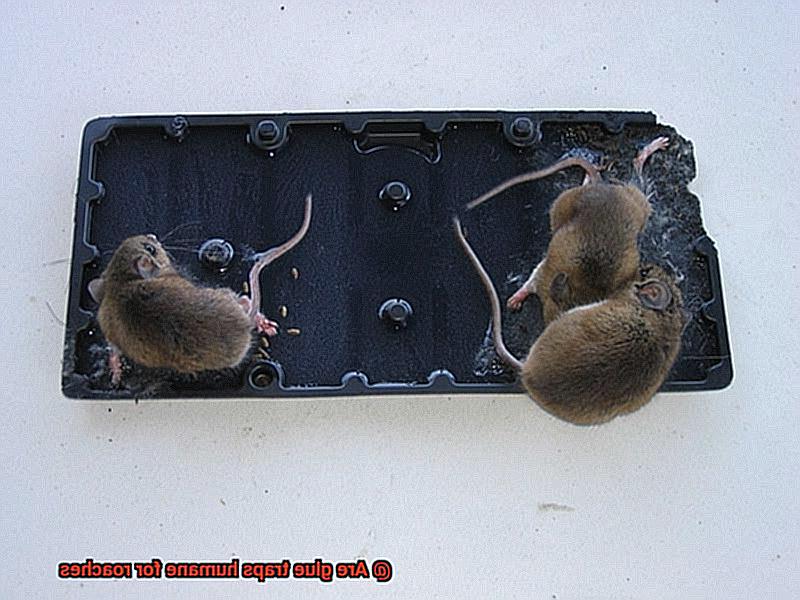
Pros and Cons of Glue Traps:
Pros:
- Chemical-free: Glue traps offer a non-toxic solution, making them safer for households with children and pets.
- Cost-effective: Compared to other pest control options, glue traps are relatively inexpensive.
- Easy to use: Simply place the trap in strategic locations and let it work its magic.

Cons:

- Incomplete eradication: Glue traps might only capture a fraction of the roach population, allowing the rest to roam freely.
- Limited effectiveness for certain species: Some roaches are masters at evading or escaping from glue traps, rendering them ineffective against these resilient pests.
- Ethical concerns: Glue traps are not considered a humane method of pest control, as they can cause distress and suffering for trapped roaches.
The Humaneness of Glue Traps in Controlling Roaches
Finding the right balance between effectiveness and humaneness is crucial when it comes to pest control. While glue traps have long been used as a method to control roach populations, their ethical implications have sparked intense debates among experts. In this blog post, we will delve into the ethical concerns surrounding the use of glue traps and explore potential alternatives that prioritize the well-being of both humans and roaches.
The Humaneness Question:
Critics argue that glue traps are inhumane due to the suffering they inflict upon trapped roaches. These sticky surfaces immobilize roaches, causing torn limbs or wings, physical harm that leaves them helpless. Moreover, it disrupts their social communication channels, leading to distress and psychological stress. Roaches trapped in glue traps are left to suffer for an extended period until they eventually die from exhaustion, dehydration, or starvation.
Effectiveness vs. Ethical Considerations:
Proponents of glue traps claim that their effectiveness outweighs the ethical concerns raised. However, we must question whether minimizing roach populations justifies the immense suffering inflicted upon these creatures. Furthermore, larger infestations may not be effectively resolved using glue traps alone.
Exploring Alternatives:
Integrated Pest Management (IPM) techniques offer a more humane approach to roach control. IPM focuses on prevention, exclusion, and non-lethal control methods that prioritize the well-being of all living creatures involved. By addressing the root causes of infestations and implementing strategies like sealing entry points or using natural repellents, we can effectively manage roach populations without resorting to harmful means.
Common Misconceptions about the Use of Glue Traps
In the ongoing battle against roaches, finding an effective and humane method of pest control is crucial. Glue traps have long been a popular choice, but it’s time to address some common misconceptions surrounding their use. In this engaging blog post, we will dive deep into these misconceptions, exploring the impact on both roaches and humans. Get ready to challenge your preconceived notions as we uncover the truth about glue traps.
Misconception 1: Glue Traps are Humane:
Contrary to popular belief, glue traps are not a humane way to deal with roaches. When a roach becomes trapped, it often struggles to free itself, resulting in excruciating pain and suffering. Limbs may be ripped off or the entire body may be torn apart in desperate attempts to escape. This raises ethical concerns about the humaneness of using glue traps as a pest control method.
Misconception 2: Glue Traps are the Most Effective Solution:
While glue traps can catch individual roaches, they fail to address the root cause of an infestation. Roaches reproduce rapidly, so simply catching a few individuals will not solve the problem. To effectively control an infestation, it is crucial to identify and eliminate their food and water sources and seal off entry points. A comprehensive approach is necessary for long-term success.
Misconception 3: Glue Traps are Safer than Chemical Pesticides:
Although glue traps do not involve toxic chemicals, they still pose risks, especially in homes with children or pets. Accidental contact with a glue trap can cause injury or distress. Additionally, handling glue traps can be messy and expose individuals to pathogens carried by trapped pests.
Misconception 4: Glue Traps are Clean and Easy:
Using glue traps can create a messy environment. Once a roach is trapped, it may release bodily fluids, attracting other pests and compromising cleanliness. Cleaning up a glue trap can also be challenging, as the adhesive sticks to surfaces and requires careful removal.
Misconception 5: Glue Traps Provide Long-lasting Solutions:
While a glue trap may catch a roach or two, it does not offer a long-term solution. Roaches are resilient pests that can find alternative paths or develop resistance to glue traps over time. A comprehensive pest control plan that includes regular cleaning, sanitation, and targeted treatments is essential for effective roach management.
Tips and Tricks for Using Glue Traps Humanely
Roaches can be pesky invaders in our homes, but it is essential to deal with them humanely. Glue traps can be an effective tool, but it is crucial to use them in a way that minimizes the suffering of these trapped insects. In this article, we will explore some tips and tricks to help you use glue traps humanely when dealing with roach infestations.
Choose the right size trap:
Using a trap that is too small can cause unnecessary suffering for the roaches, as they may become stuck but not fully immobilized. On the other hand, using a trap that is too large may result in the roaches escaping or avoiding capture altogether. Therefore, it is important to select a trap size appropriate for the targeted pests. Consider the size of the roaches and choose a trap that will effectively immobilize them without causing undue harm.
Strategically place the traps:
To increase your chances of trapping roaches while minimizing harm to other creatures, strategically place glue traps in areas where roaches are likely to frequent. These areas include behind appliances, along baseboards, and in corners. By placing the traps in these locations, you create a better chance of capturing roaches while minimizing harm to non-targeted animals.
Regularly check and remove trapped roaches:
Check the traps regularly to ensure they are still effective and remove any captured roaches promptly. Leaving roaches trapped for extended periods can lead to unnecessary suffering and potential health risks if they decompose. Depending on the severity of the infestation, traps may need to be checked daily or every few days. By promptly removing trapped roaches, you reduce their suffering and prevent further complications.
Release trapped roaches outdoors:
If a roach becomes trapped but is still alive, it is best to release it outside rather than killing it on the trap. You can gently apply vegetable oil or cooking spray around the edges of the trap to loosen the glue and allow the roach to escape. Releasing live roaches outdoors helps maintain a balance in the ecosystem and prevents unnecessary harm. By releasing trapped roaches, you contribute to the preservation of biodiversity and respect for all living creatures.
Dispose of trapped roaches properly:
If you choose to dispose of trapped roaches instead of releasing them, do so in a sealed bag or container before placing them in an outdoor trash bin. This prevents other animals from being attracted to the trapped insects and potentially getting stuck on the glue trap themselves. Proper disposal ensures that other animals are not inadvertently harmed and maintains cleanliness in your surroundings.
Advantages and Disadvantages of Using Glue Traps over Alternative Methods
Roaches are unwelcome pests that can invade our homes and pose health risks. When it comes to controlling roach infestations, glue traps are a popular choice. In this article, we will explore the advantages and disadvantages of using glue traps over alternative methods. By understanding the pros and cons, you can make an informed decision on whether glue traps are the right solution for your roach problem.
Advantages of Using Glue Traps:
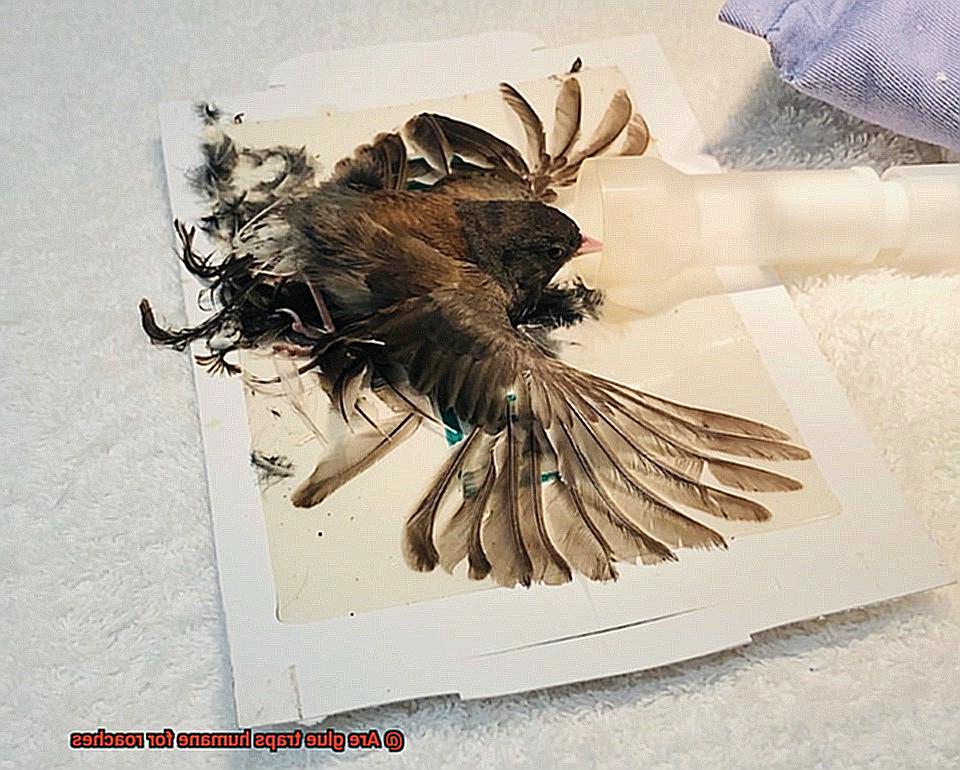
Effectiveness:
Glue traps are highly effective in capturing roaches. Once a roach steps onto the sticky surface, it becomes trapped, preventing it from escaping and reproducing. This containment helps reduce the chances of further spread, making glue traps an efficient method of control.
Safety:
Compared to chemical sprays or pesticides, glue traps are a safer option. They do not involve the use of harmful chemicals that may pose risks to humans or pets. Additionally, glue traps can be discreetly placed in areas where roaches are commonly found without the need to spray potentially toxic substances.
Ease of Use:
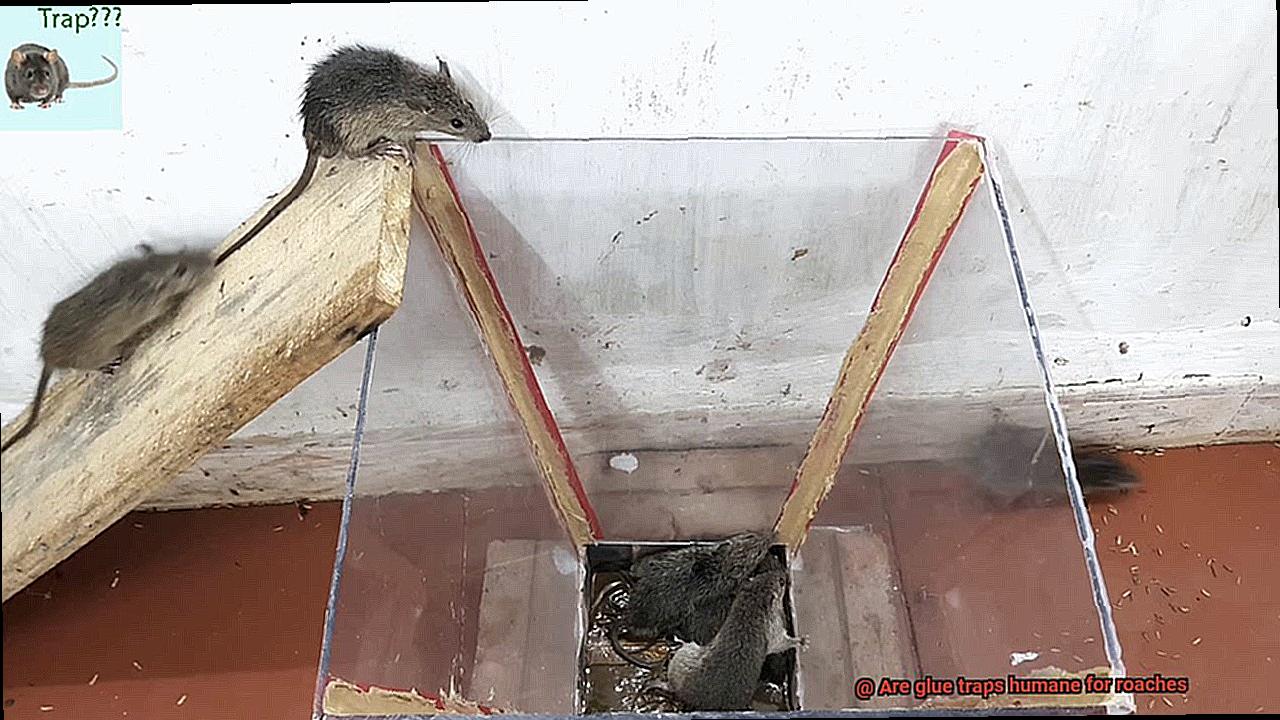
Setting up glue traps requires no special skills or equipment. They often come pre-baited, eliminating the need for additional attractants. Simply peel off the protective cover and place the trap in areas frequented by roaches. This simplicity makes glue traps a convenient choice for homeowners.
Monitoring:
Glue traps provide an effective means of monitoring the presence and activity of roaches in a specific area. By strategically placing multiple traps throughout an infested space, you can gauge the severity of the infestation and track its progress over time. This monitoring capability allows for better control measures and adjustments as needed.
Disadvantages of Using Glue Traps:
Inhumane:
Critics argue that glue traps are inhumane towards roaches. Once trapped, roaches may struggle and suffer for extended periods before succumbing to dehydration, starvation, or exhaustion. This raises ethical concerns for those who prioritize the humane treatment of pests.
Messy:
Removing trapped roaches from glue traps can be messy and unpleasant. Roaches may leave behind body parts or feces on the sticky surface, making it challenging to clean up after disposal. This becomes more problematic if the trap is placed in a visible or sensitive area of the home or workplace.
Non-Selective:
Glue traps are not selective in their capture, meaning they can also trap unintended targets such as beneficial insects or small animals. This unintended harm to non-target species can disrupt ecological balance and conservation efforts.
9-Xu8PNvkKA” >
Conclusion
In conclusion, it is clear that glue traps are not a humane solution for dealing with roaches. These sticky devices may seem convenient and effective at first glance, but they inflict unnecessary suffering on these creatures. Once trapped, roaches struggle desperately to free themselves, often tearing off their own limbs in the process. It’s a cruel and painful fate for these resilient insects.
Furthermore, glue traps do not discriminate between targeted pests and other harmless creatures. They can ensnare beneficial insects like ladybugs or even small mammals like mice or birds. This collateral damage is both ethically troubling and environmentally irresponsible.
Instead of resorting to such inhumane methods, there are more compassionate alternatives available. Integrated pest management techniques prioritize prevention and non-lethal control measures. By addressing the root causes of infestations, such as eliminating food sources and sealing entry points, we can discourage roaches from entering our homes without causing harm.
Additionally, there are non-toxic baits and traps that specifically target roaches without posing a threat to other species. These options allow for targeted control while minimizing harm to the environment and maintaining a sense of compassion towards all living beings.
In conclusion, when it comes to dealing with roach infestations, let us choose empathy over cruelty. Glue traps may be tempting due to their convenience, but they come at a high cost in terms of animal welfare and environmental impact.
You may also like:



